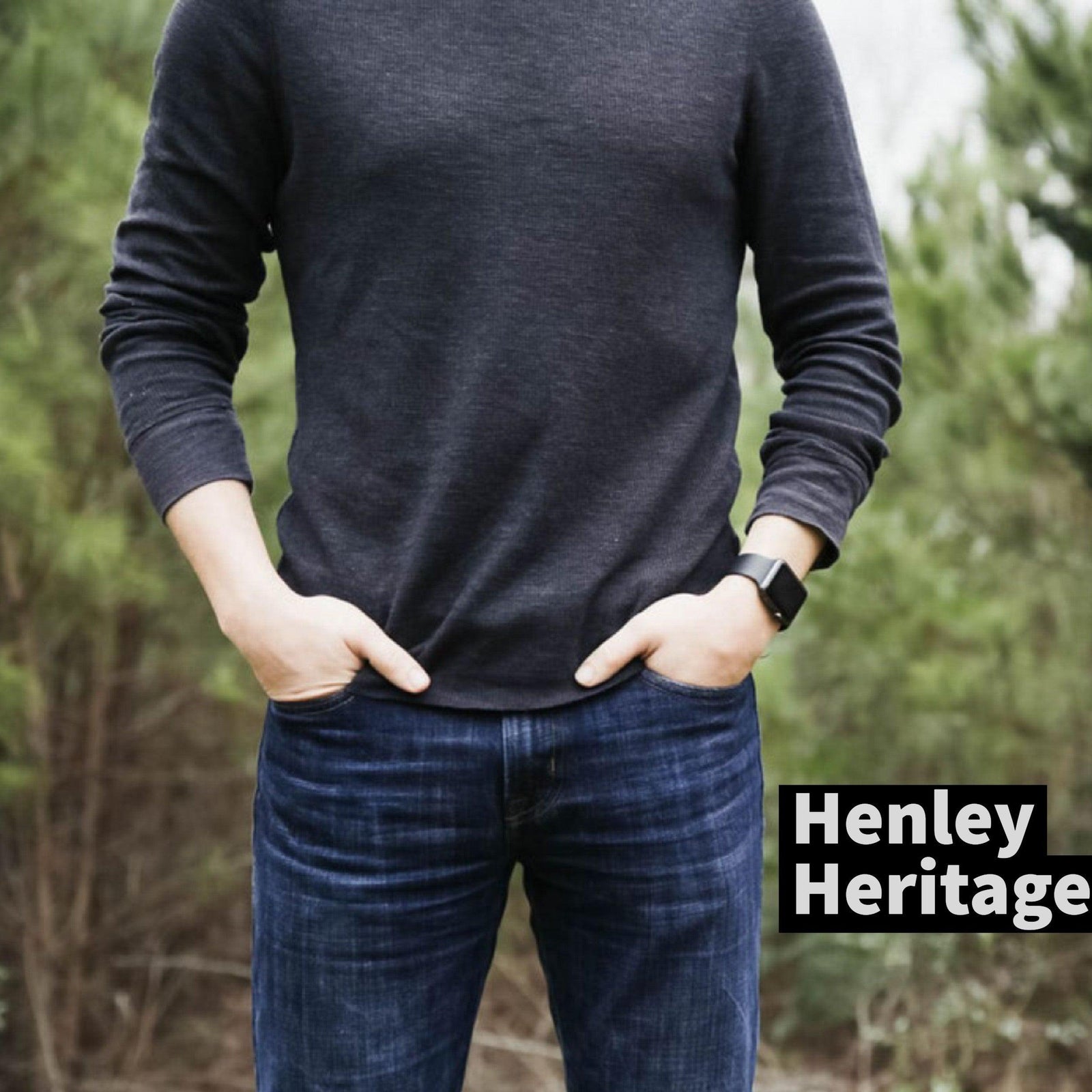History of Henley
A brief history of the Town
The first recorded history of Henley dates back to 1179 when King Henry II bought land ‘for the making of buildings’. The first church was mentioned in 1204 and a year later the town received a paviage grant (a toll for road maintenance). A bridge in the town was first mentioned in 1234.
It is believed that the existing Thursday market was granted by a charter of King John some time before 1269.
The black plague in 14th Century swept through Henley and it is believed Henley lost as much as 60% of its population.
It is known that by the early 1500’s the town extended along the west bank of the Thames from Friday Street at one end to the Manor, now Phyllis Court at the other, and that Hart Street and New Street existed. Bell Street and the Market Place were also in existence by this time.
Henley was ‘incorporated’ in 1568 once use of the titles of ‘mayor’ and ‘burgess’ had been granted by King Henry VIII.
King William III stayed at the then newly built Fawley Court to rest on his way to London duritng the Civil War, in 1688. It was designed by Christoper Wren and its gardens were subsequently landscaped by Capability Brown.
Henley prospered in the 17th and 18th centuries, with the manufacture of glass and malt, and the trade in corn and wool. From Henley, London was supplied with much of its timber from the Chilterns and grain from the rich agricultural land since the river provided relatively easy transport at that time. Henley had its own workhouse built in 1790 for 150 people in West Street. This was later enlarged and became the Henley Poor Law Union workhouse.
The current five arched and distinctive bridge was built and opened in 1786, and the tower of St Mary’s church nearby dates back to the 15th Century. Even older than this it is believed that the Old Bell in Bell Street was built in 1325, the oldest known building still in existence in Henley.
Henley Royal Regatta
Henley is often known because of its links to rowing through the henley royal regatta. It was first established here in 1839 because of the straight part of river known s the Henley Reach though his stretch was subsequently extended artificially. The establishment of an annual event was suggested by Captain Edmund Gardiner at a public meeting at the Town Hall, who suggested that it should be held ‘under judicious and respectable management’ and that it would benefit the town and ‘from its peculiar attractions it would also be a source of amusement and gratification to the neighbourhood and the public in general’. The Regatta became ‘Royal’ in 1851.


